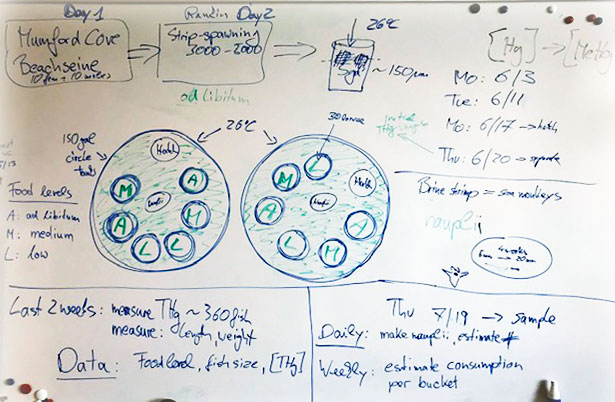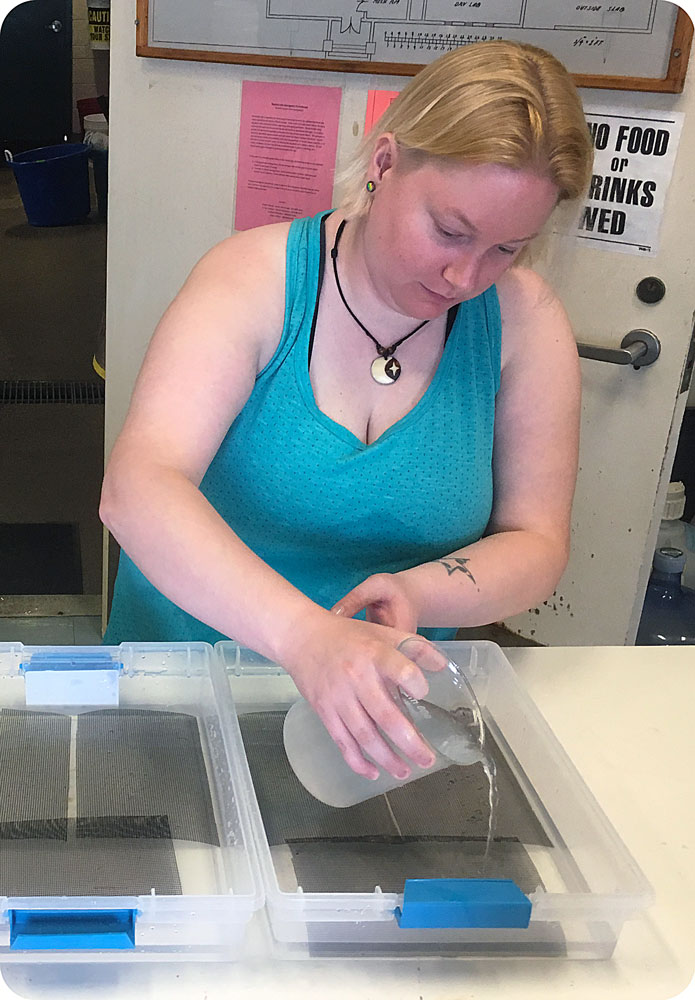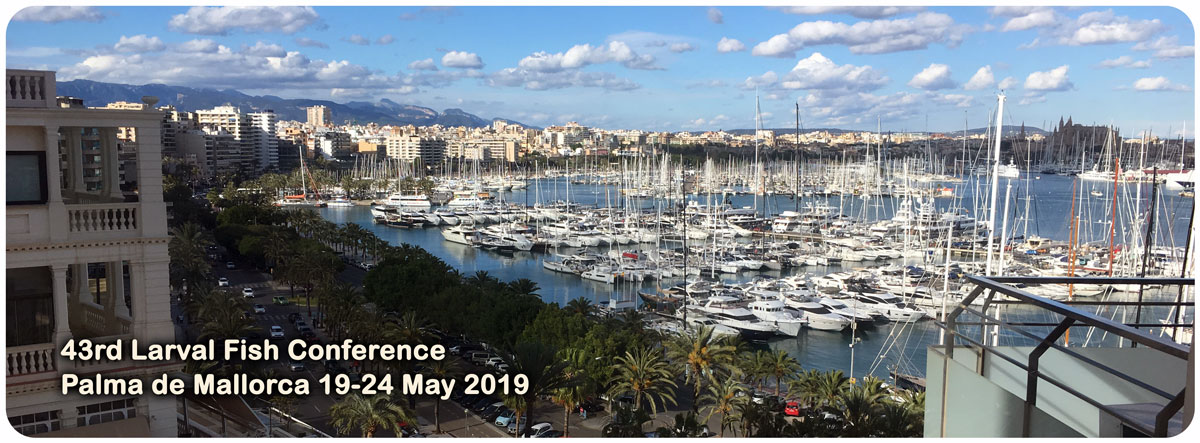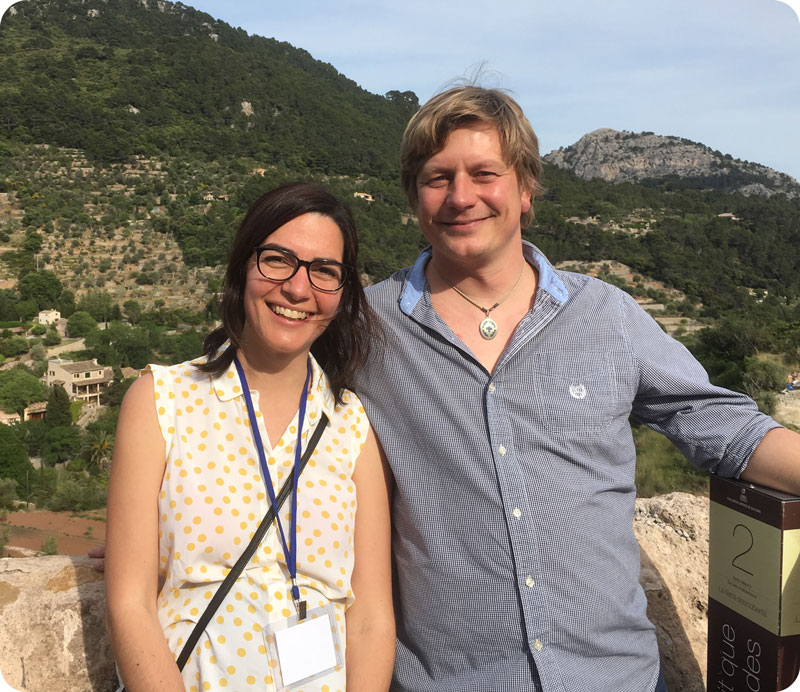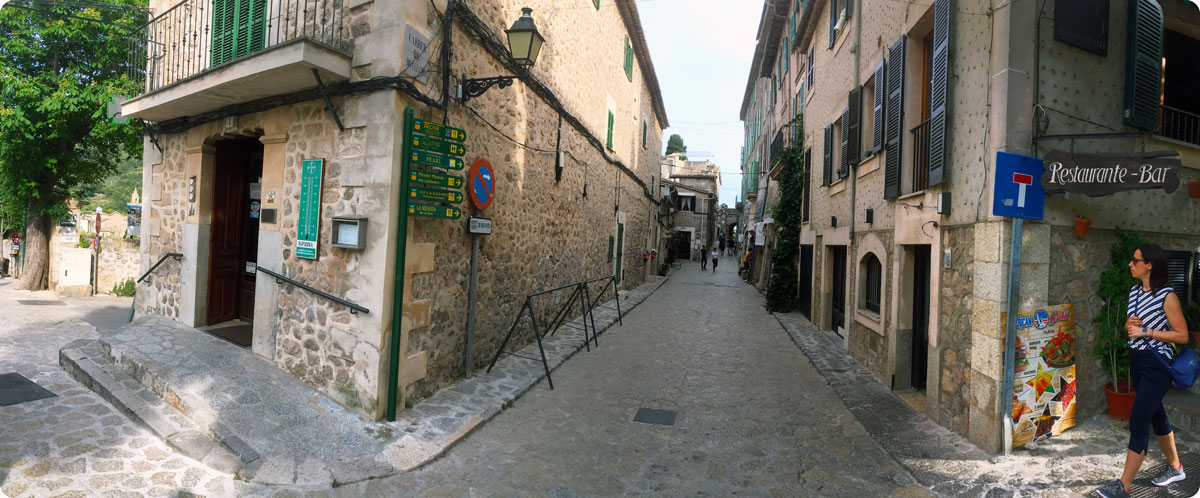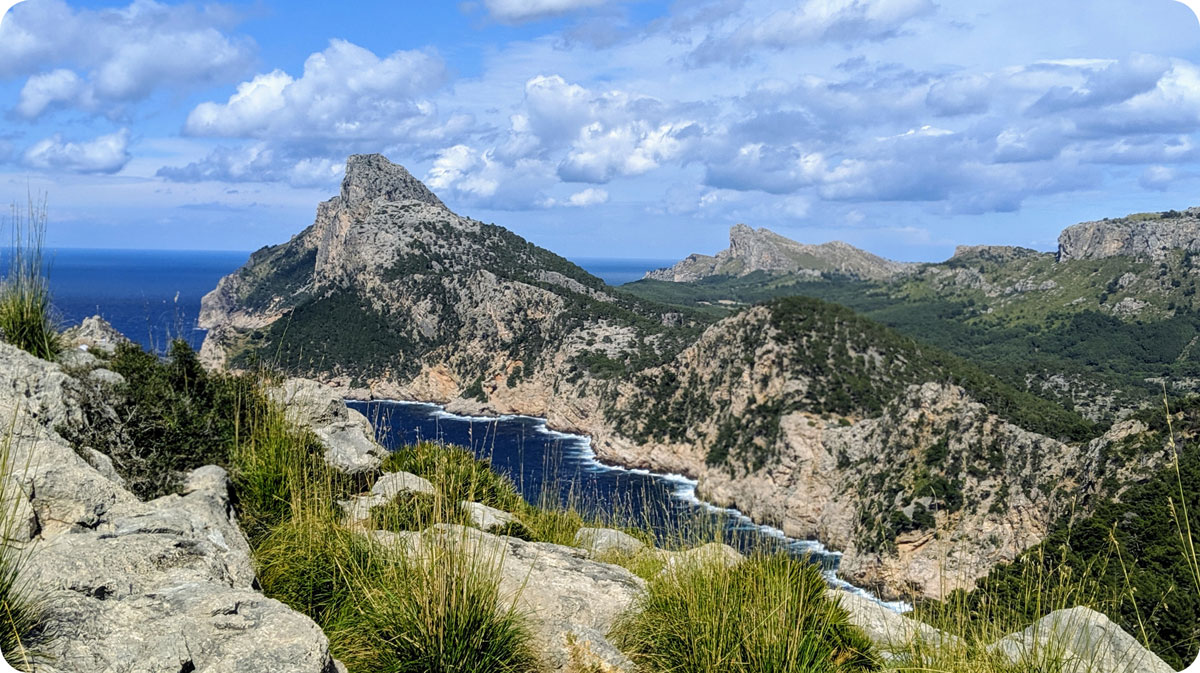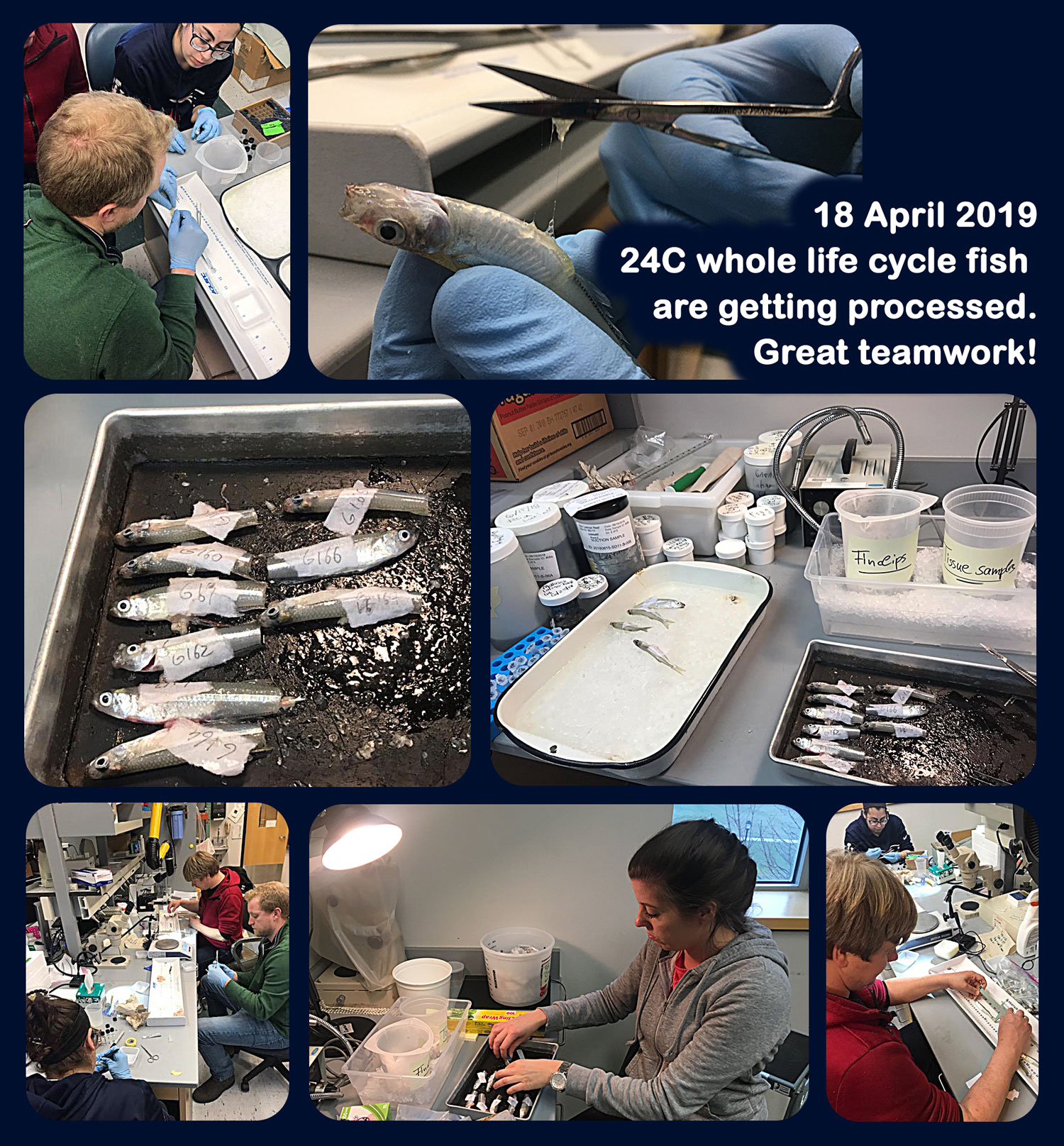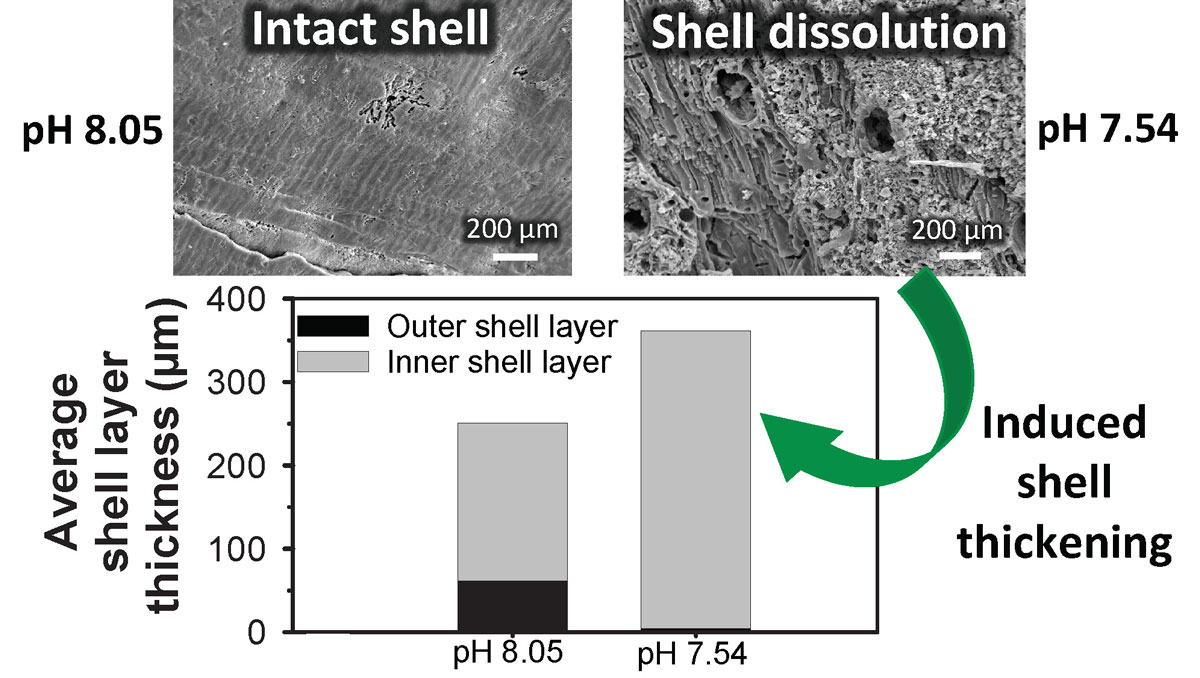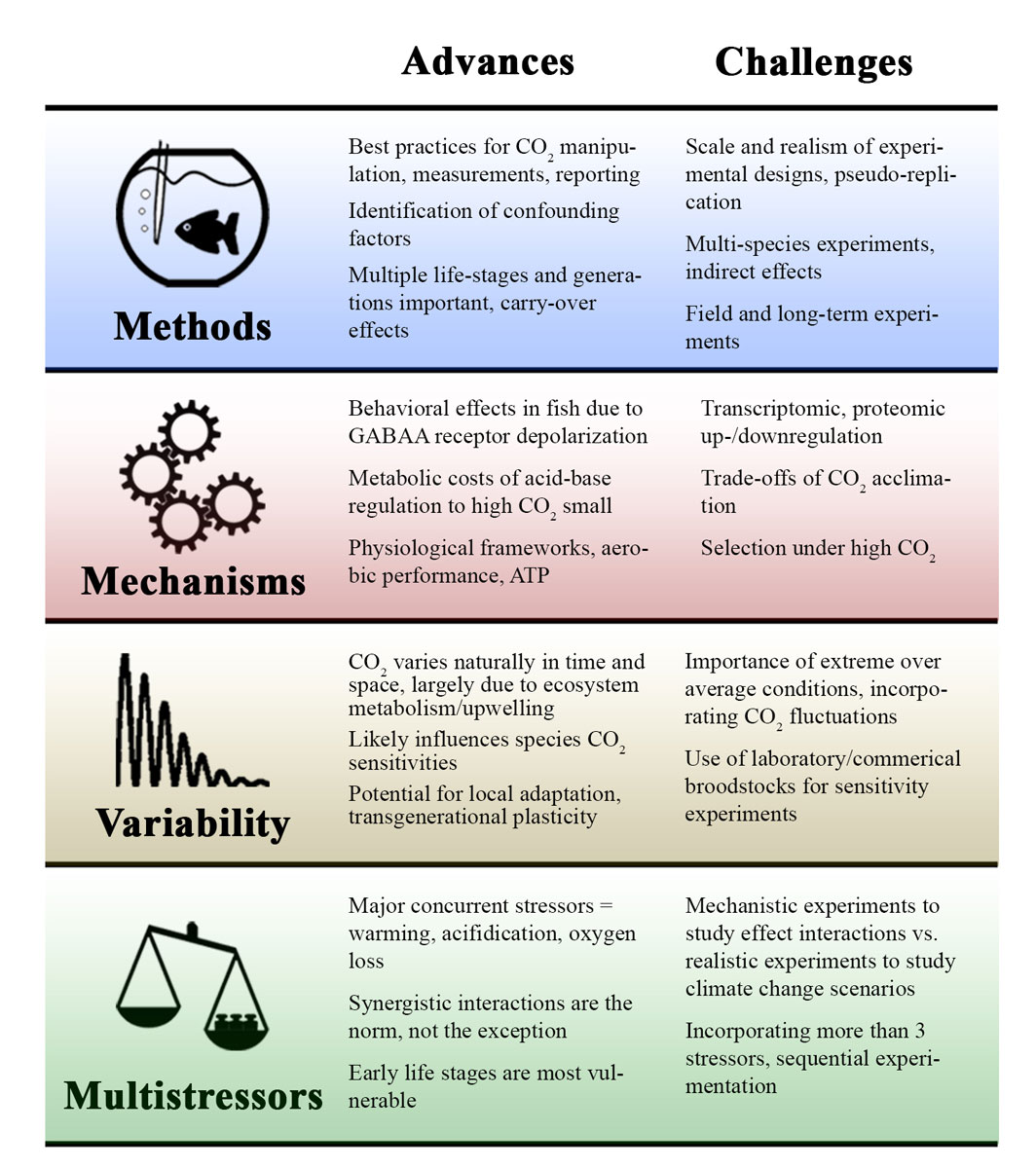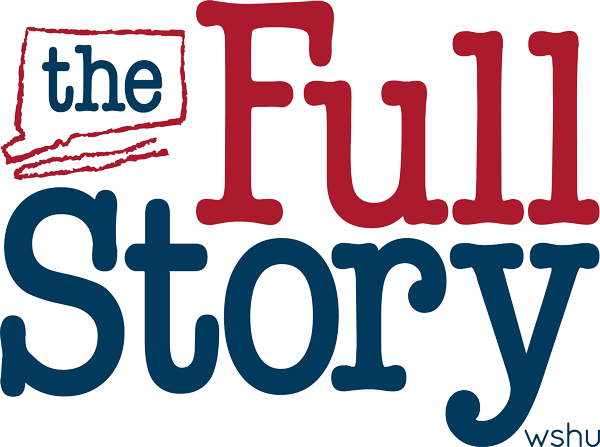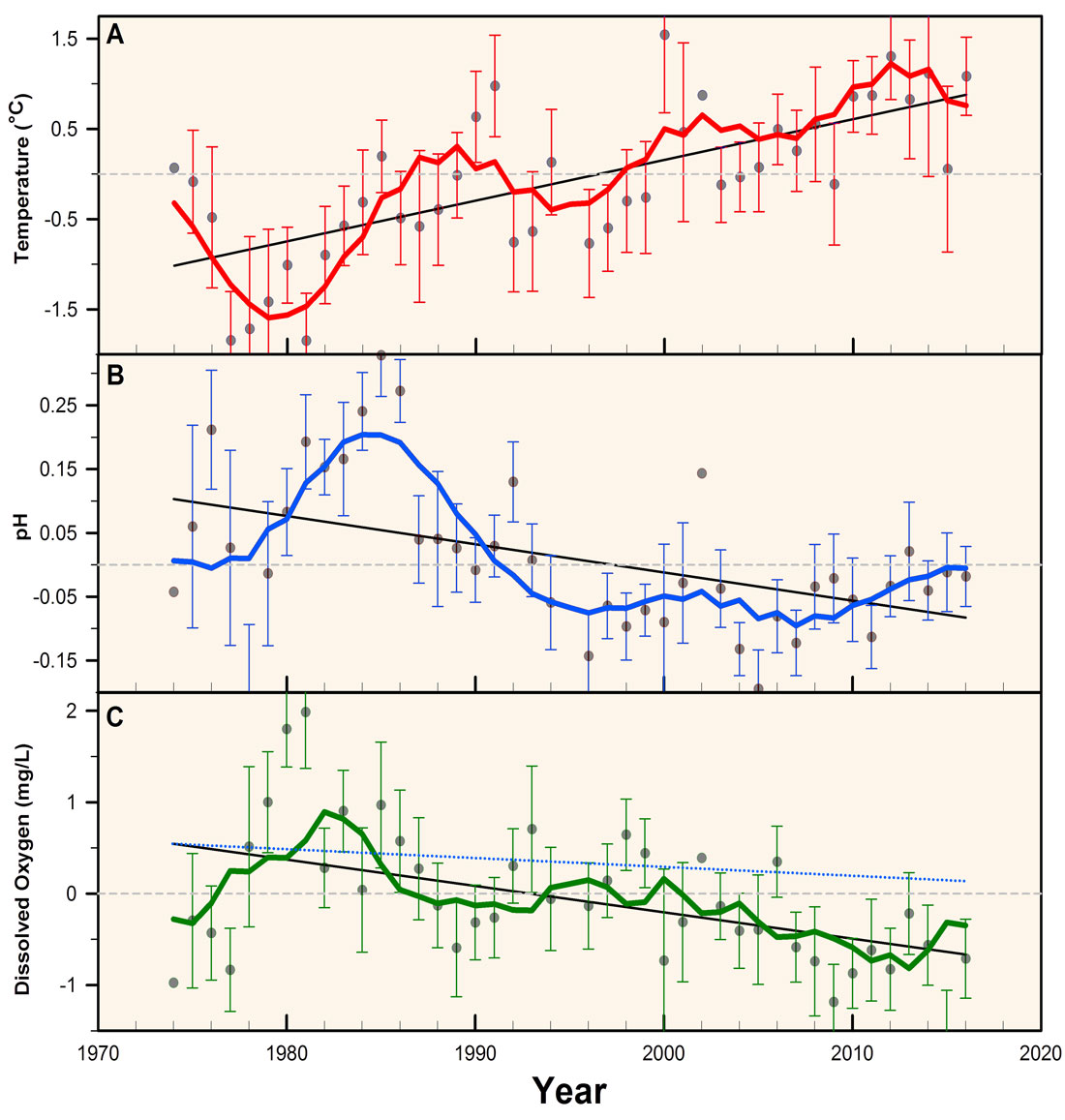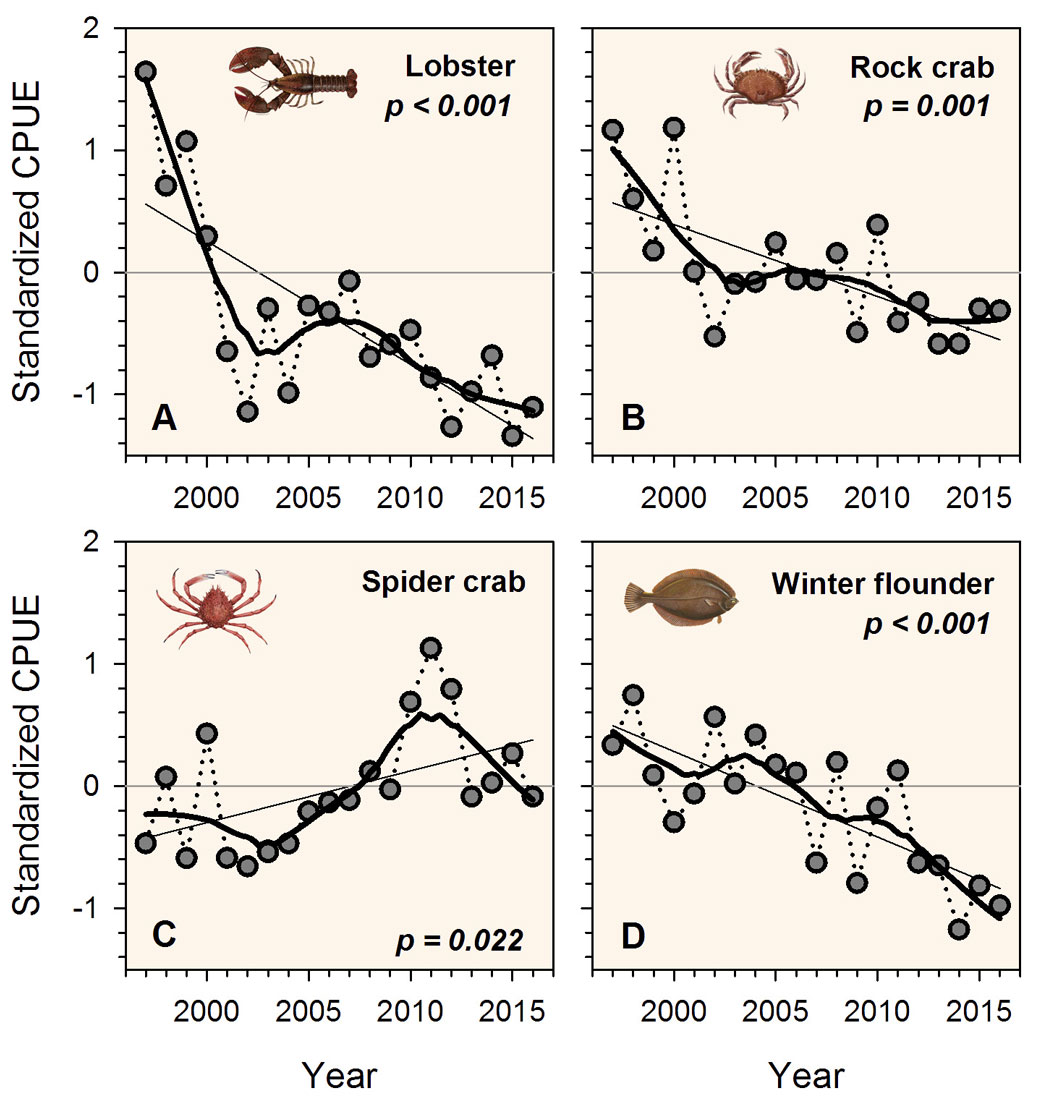[Atlantic silverside, Menidia menidia, mercury, ingestion rates]
dbellio2@asu.edu
People
[Lab news] Hannes, Chris and Emma at the 43rd Larval Fish Conference!
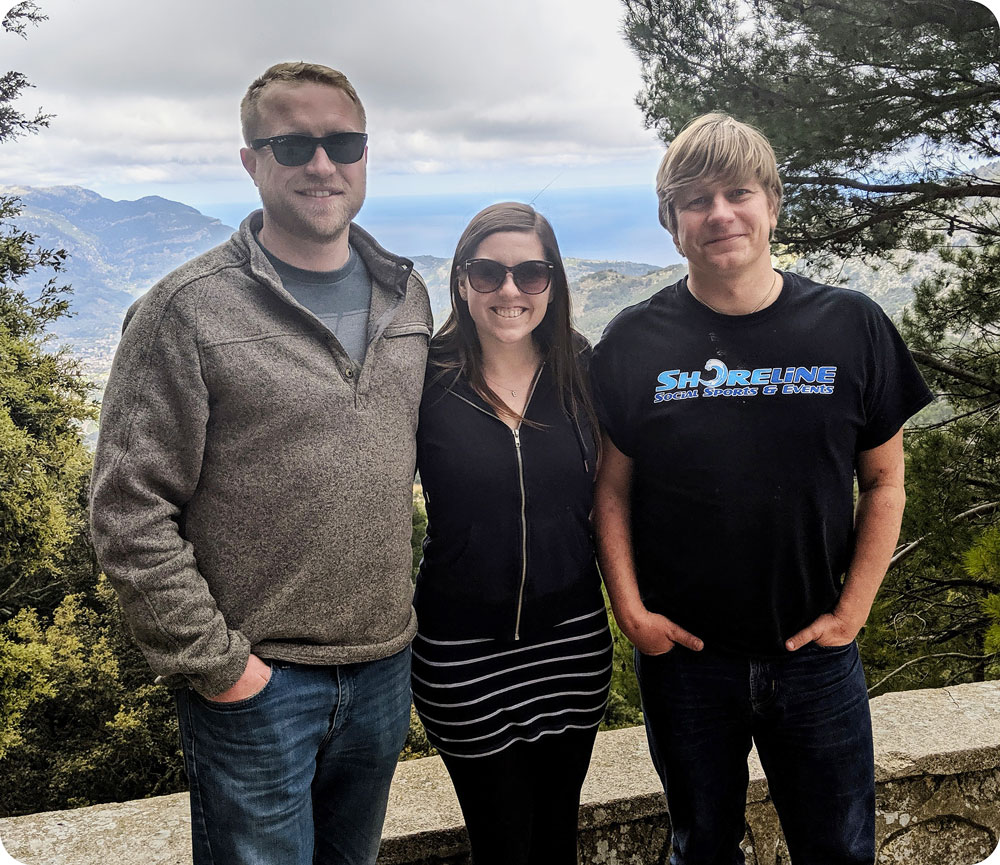
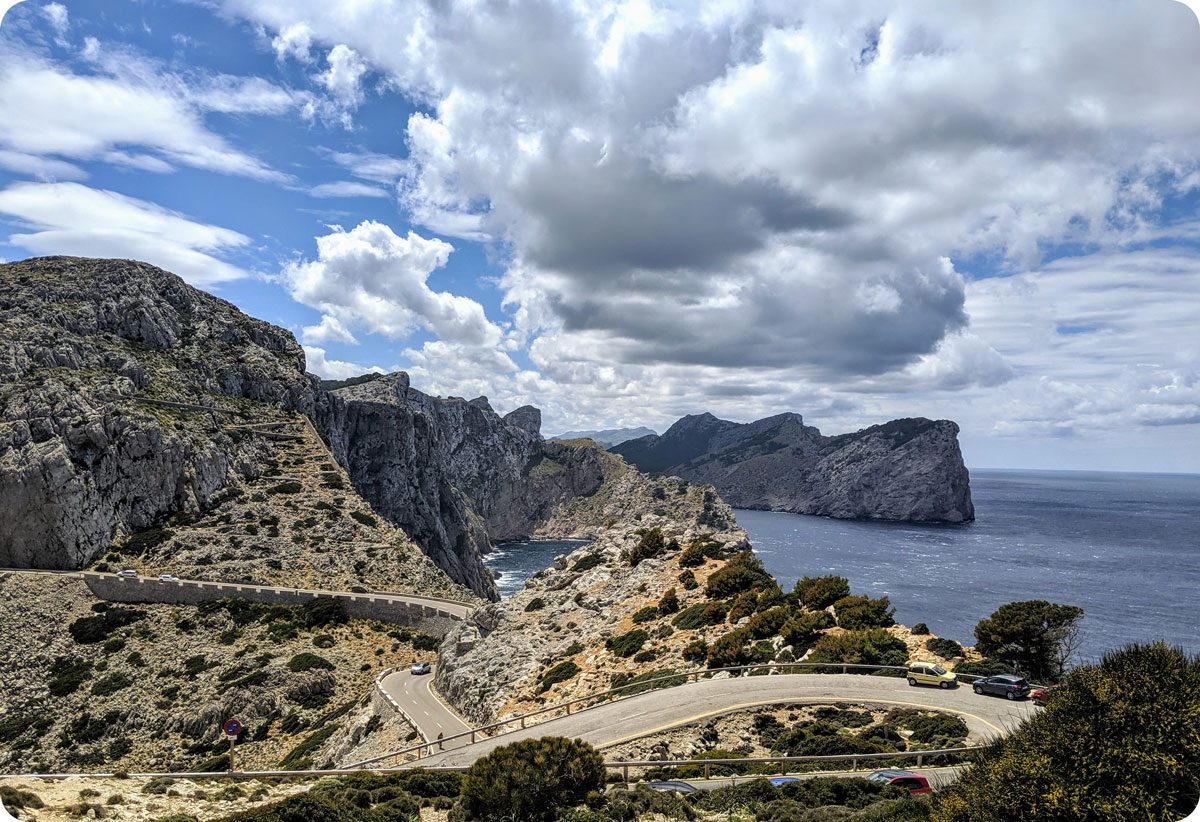
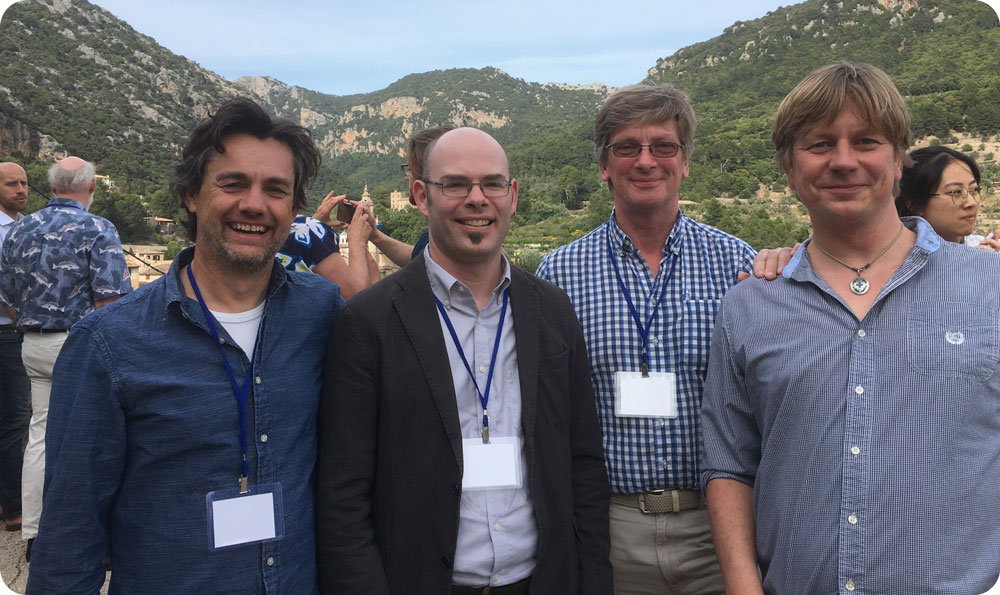
Before and after the conference, there was also some time to explore the beautiful island of Mallorca with its breathtaking mountain scenery and turquoise coves.
Chris and Emma’s presented:
- Murray, C.S., Cross, E.L., and Baumann H. A factorial evaluation of the combined effects of acidification and hypoxia in Atlantic silverside offspring. Talk.
- Cross, E.L., Murray, C.S. and Baumann H.Diel and tidal cycles of CO2 and dissolved oxygen conditions provide physiological refuge to a coastal forage fish, Menidia menidia under acidification and hypoxia. Talk.


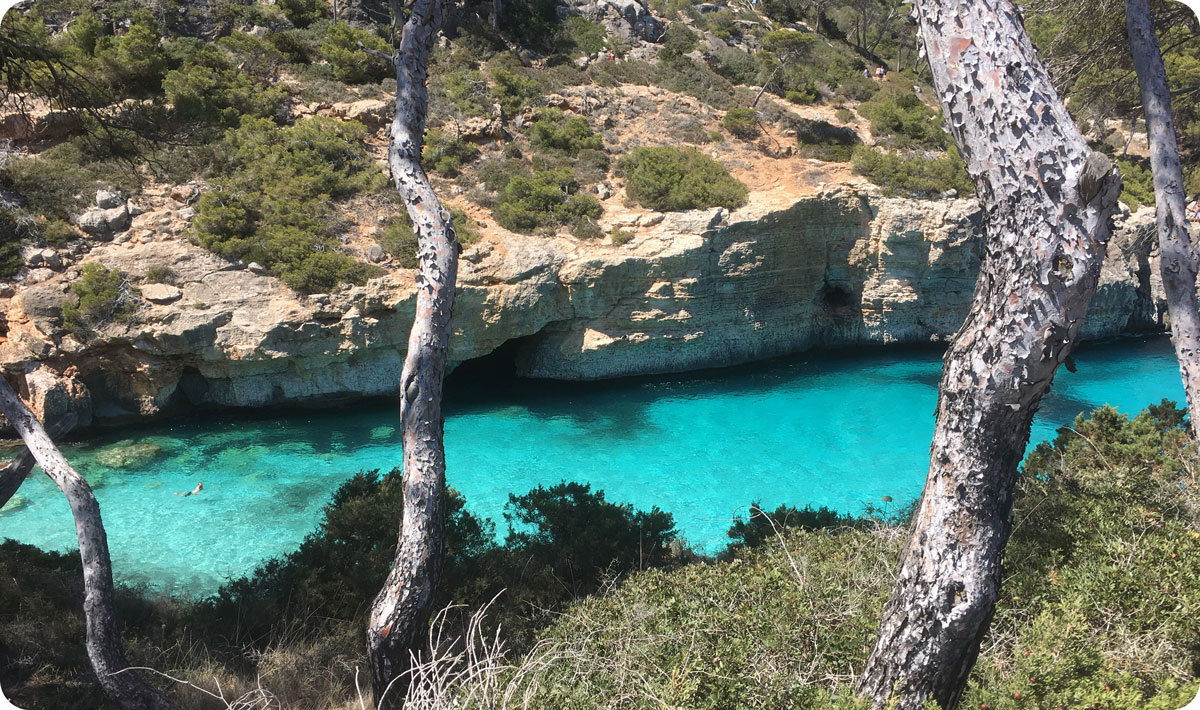
[Lab news] Callie attends UConn climate change symposium
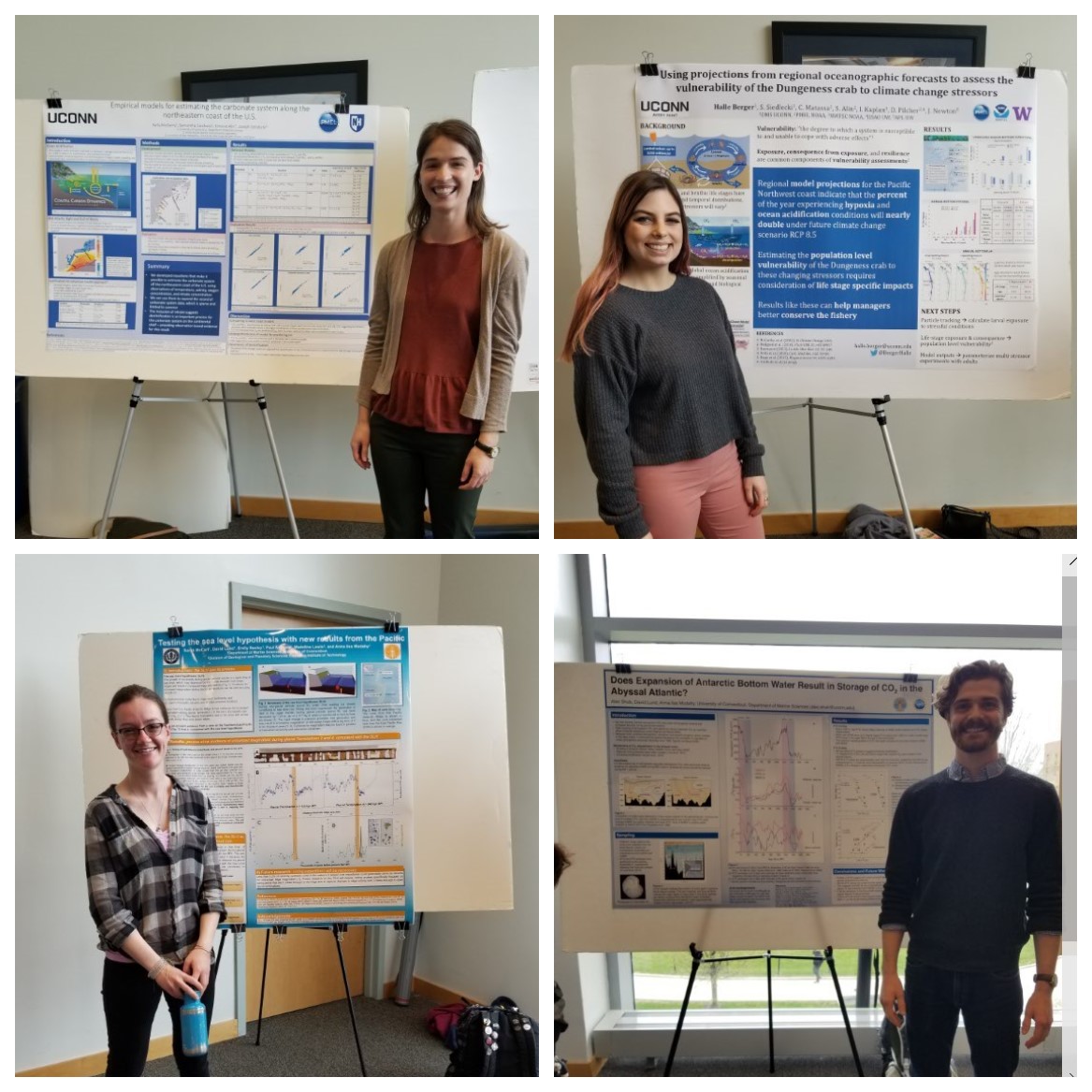
The event featured two keynote speakers; Professor Margaret Rubega of UConn, and Professor Tim Cronin of MIT. Professor Rubega talked about science communication and how the scientific community could better communicate their climate change research to non-scientists without using overbearing jargon and too many words. Professor Cronin gave a speech on his past research on the suppression of Arctic air formation with climate warming.
- McCart, S., Lund, D., Seeley, E., Asimov, P., Lewis, M., and Mudahy, A.L. Testing the sea level hypothesis with new results from the Pacific.
- McGarry, K., Siedlecki, S., Alin, S., and Salisbury, J. Empirical models for estimating the carbonate system along the northeastern coast of the U.S.
- Berger, H., Siedlecki, S., Matassa, C., Alin, S., Kaplan, I., Pilcher, D., and Newton, J. Using projections from regional oceanographic forecasts to assess the vulnerability of the Dungeness crab to climate change stressors.
- Shub, A., Lund, D., and Mudahy, A.L., Does expansion of Antarctic bottom water result in storage of CO2 in the abyssal Atlantic?
[Lab news] Emma turns 30 and starts a new silverside experiment!
Like in our previous experiments, we are mimicking current and future coastal environments that fluctuate daily in CO2 and oxygen levels – thanks to our computer-controlled system that manipulates these levels in up to nine tanks simultaneously.
But this time, our additional goal is to keep track of sib-ship. We produced full sibs (same mother, same father), half-sibs (same mother or father, different father or mother) and unrelated individuals, and by keeping them separate we will later be able to calculate additive genetic variances in the various traits under different conditions (i.e., heritability) and examine trait correlations.
As usual, this could not be done by one person, so the entire lab helped preparing, seining, and fertilizing embryos on this frantic day. Great job all!




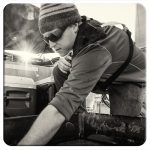
[Lab news] Whole life cycle CO2 fish are getting sampled
18 April 2019. This Thursday was a long day in the Baumann lab, because we sampled and processed over 200 adult silversides from a unique experiment. These fish were fertilized in the lab and reared from eggs to adulthood under different temperatures and contrasting CO2 conditions. We are interested to see, if future ocean conditions have measurable effects on this species fecundity, growth, and oocyte characteristics. We also took tissue and genetic samples, with an effective line-up of hands, i.e., Hannes, Emma, Chris, Callie and Lucas.
Good teamwork all!
[Publication] Brachiopods thicken shells to compensate for shell dissolution under future OA conditions
15 April 2019. Today, Emma is happy to report that Environmental Science & Technology have just published the latest paper from her PhD about brachiopod resilience to future ocean acidification. This project involved long-term culturing of a polar and a temperate brachiopod under future ocean acidification and warming conditions. Substantial shell dissolution posed a threat to both species under ocean acidification, with more extensive dissolution occurring in the polar species.
Unexpectedly, we discovered that brachiopods thicken their shell from the inner shell surface when extensive dissolution occurs at the outer shell surface under ocean acidification. This is an important finding to further our understanding of how predicted vulnerable marine calcifiers might cope under future environmental change.
Cross, E. L., Harper, E. M. and Peck, L. S. 2019. Thicker shells compensate extensive dissolution in brachiopods under future ocean acidification. Environmental Science & Technology (published online March 29, 2019).
[Publication] Perspective on experimental OA research published!
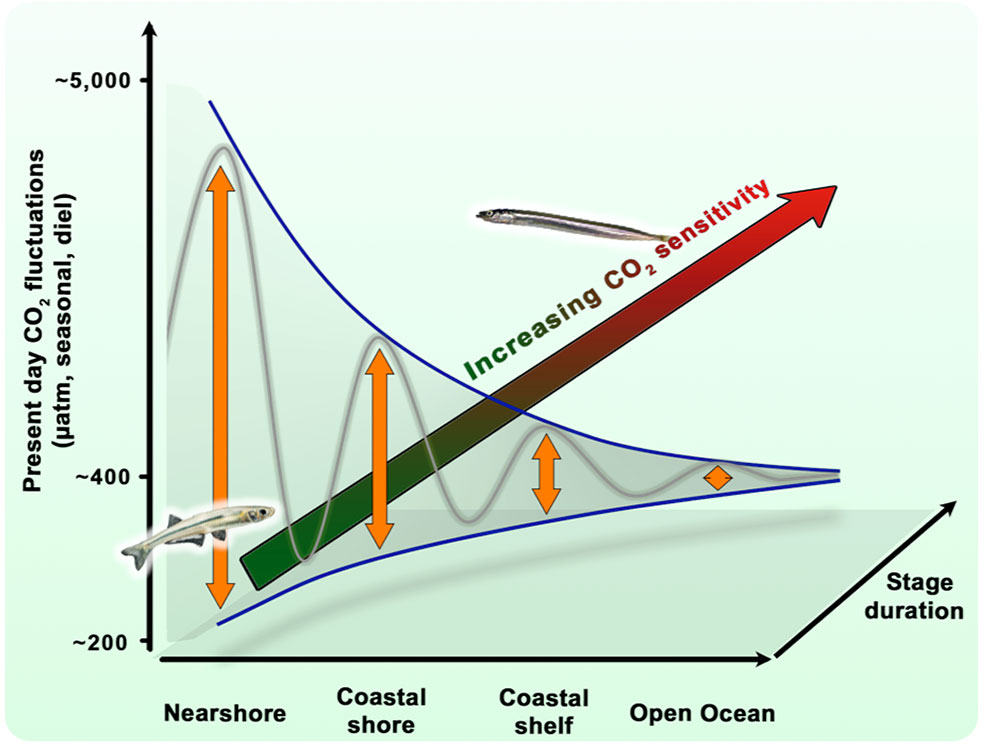
- Baumann, H. (2019)
Experimental assessments of marine species sensitivities to ocean acidification and its co-stressors: how far have we come?
Canadian Journal of Zoology 97:399-408
[Media] WSHU public radio covers Project Oceanology story
Have a listen, how Hannes describes both the findings and the significance of the Project Oceanology time series.
[Publication] The Project Oceanology time-series has been published!
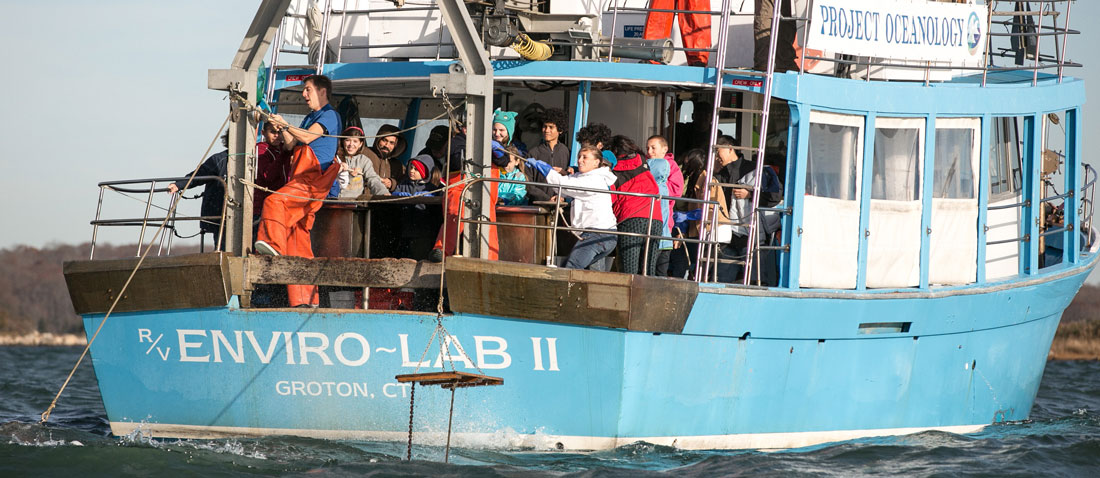
21 March 2019. We are happy to announce that Marine Environmental Research just published our most recent paper about long-term ecological change in eastern Long Island Sound based on data collected by Project Oceanology!For his Master’s thesis, Jacob Snyder painstakingly retrieved and digitized more than 40 years of environmental observations from Project Oceanology. This non-profit ocean literacy organization has educated middle and high school students on boat trips to nearby estuarine sites for decades. For the first time, his work allowed a quantitative evaluation of these data and glimpses into the abiotic and biotic changes in nearshore waters of Eastern Long Island Sound.
Highlights
- Citizen-science observations revealed rapid warming, acidification, and dissolved oxygen loss over the past 40 years in eastern Long Island Sound
- Otter trawl catches showed significant decreases in overall species diversity and richness
- Cold-water adapted species (American lobster, winter flounder) decreased, but warm-water adapted species (spider crabs) increased since 1997
Citation
- Snyder, J.T., Whitney, M.M., Dam, H.G., Jacobs, M.W., and Baumann, H. (2019). Citizen science observations reveal rapid, multi-decadal ecosystem changes in eastern Long Island Sound. Marine Environmental Research 146: 80-88
Public outreach
- The publication of this work is also featured in an article for the online magazine TheConversation.com titled
“Citizen science shows that climate change is rapidly reshaping Long Island Sound“
News coverage: UConn Today | New Haven Register | The Hour | NonProfit Quarterly | WSHU Public Radio
[Research News] F1000 Prime recommends Biology Letters article
Dear Dr Baumann,
Congratulations!
Your article: Robust quantification of fish early life CO2 sensitivities via serial experimentation, Biology Letters, 2018 (DOI: 10.3410/f.734523360.793553721), has been recommended in F1000Prime as being of special significance in its field by F1000 Faculty Member Philip Munday.
You can read Dr Munday’s recommendation here
Munday P: F1000Prime Recommendation of [Baumann H et al., Biol Lett 2018 14(11)]. In F1000Prime, 11 Dec 2018; 10.3410/f.734523360.793553721
Thank you, Phil!

